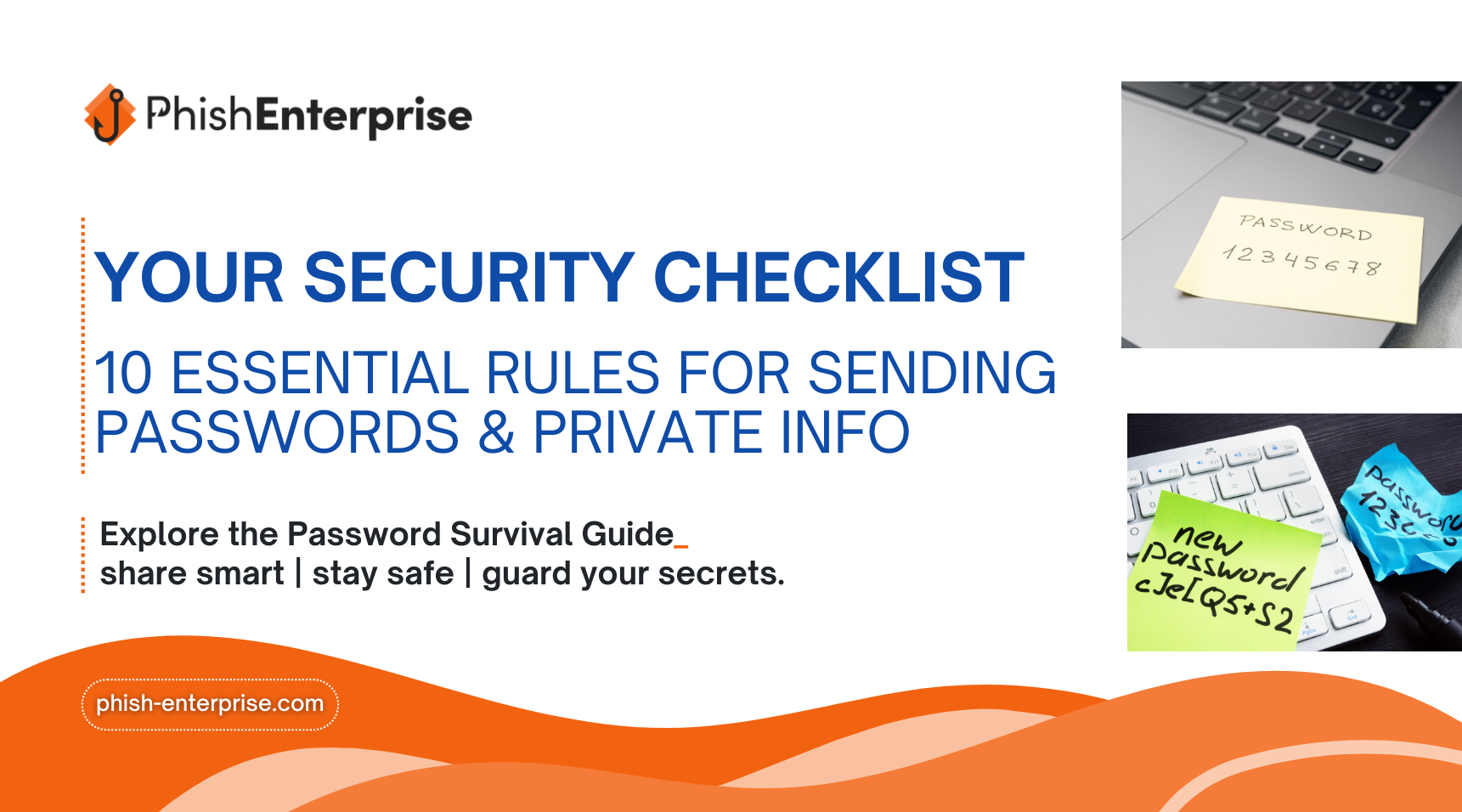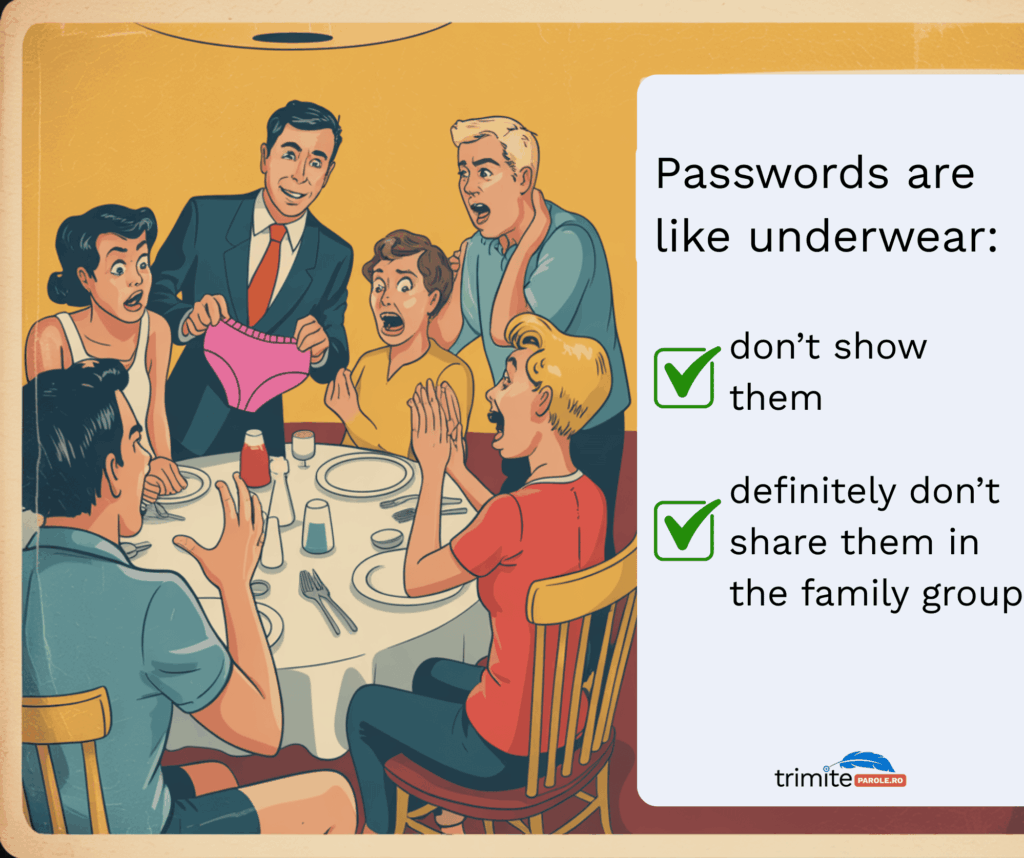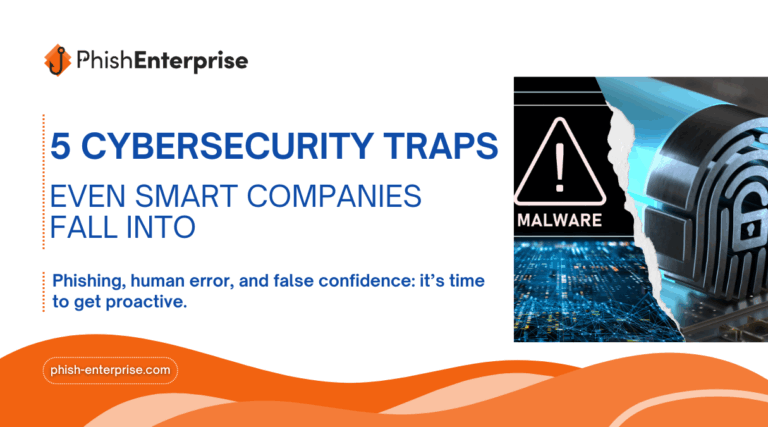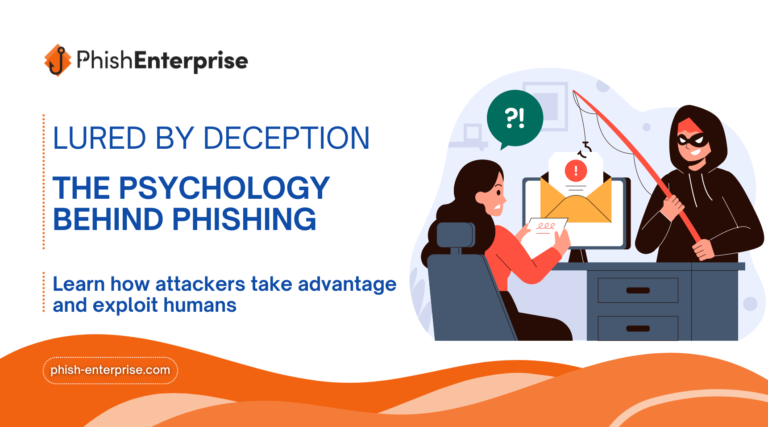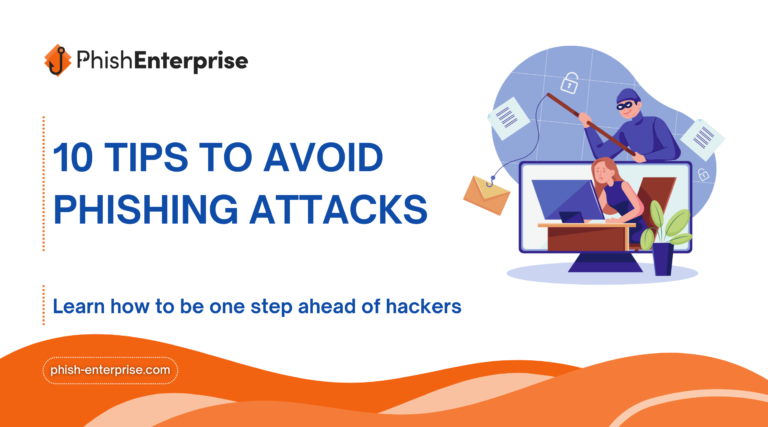In today’s world, cyberattacks and phishing attempts are more common than ever. Yet, despite advanced security technologies, it is often human behavior that enables these attacks. For example, many people still send sensitive information – passwords, API keys, database credentials – through email, chat apps, or text messages so, yes – in plain text. Even companies that invest in cybersecurity often make basic mistakes when sharing credentials, leaving the door open to attackers.
That’s like leaving your house key under the doormat. It might seem convenient, but it’s only a matter of time before someone finds it.
or
To keep your data (and your business) safe, here’s a 10-point checklist of best practices for sending passwords or sensitive data securely. Follow these steps, and you’ll greatly reduce the risk of exposing secrets to attackers.
1. Never send passwords in plain text over email
Emails can be intercepted, forwarded, or accidentally sent to the wrong person. If you’ve ever typed a password directly into an email body, stop now!
2. Use one-time secret links
Instead of pasting a password into an email or chat, generate a one-time encrypted link. Services like trimiteparole.ro let you create links that self-destruct after being viewed once. That way, even if the link is leaked later, it’s useless.
3. Add an expiration time
Set time limits on your shared secrets. For example, a link that expires after one hour or one day dramatically reduces the attack window.
4. Protect links with an extra passphrase
When possible, add an extra password or code phrase that the recipient must enter before viewing the secret. Share that passphrase via a different channel.
5. Share passwords only through trusted channels
Avoid sending sensitive data over unencrypted platforms like SMS or untrusted chat apps. Use secure platforms that support encryption.
6. Confirm the recipient’s identity
Double-check that the person requesting access really is who they claim to be. A quick phone call or video chat confirmation can prevent falling into a phishing trap.
7. Rotate credentials after sharing
Whenever possible, rotate or change the password shortly after sharing it. This minimizes damage if the credential was compromised during transit.
8. Use strong, unique passwords
Never reuse passwords across accounts. Use a password manager to generate long, complex, unique credentials. That way, even if one system is breached, others remain secure.
9. Avoid public Wi-Fi when sharing credentials
Public Wi-Fi is often insecure and vulnerable to “man-in-the-middle” attacks. If you must work remotely, use a VPN to encrypt your traffic.
10. Educate your team about phishing
Technology alone isn’t enough. Human error is often the weakest link. Train your colleagues to spot suspicious emails, fake login pages, and requests that feel “off.”
How to implement this Checklist in your company
Create a clear written policy: Forbid insecure practices such as writing passwords on sticky notes, work monitors, or scraps of paper. State explicitly: “Passwords must never be sent over email.”
Adopt a secure sharing tool: Make a tool like trimiteparole.ro your default method for sending sensitive data. It’s free, end-to-end encrypted, requires no setup, and generates one-time links that self-destruct.
Train staff regularly: Run short, quarterly refreshers on phishing awareness and password hygiene. Include realistic phishing simulations and applied training exercises so employees build strong security habits.
Audit your practices: Regularly review how passwords and sensitive data are being shared. Identify gaps, enforce policies, and update processes to strengthen your company’s overall security posture.
Final thoughts
Sending passwords or sensitive data doesn’t have to be risky. With a few simple steps – and by using one-time encrypted links – you can protect your information from prying eyes.
Stop leaving the key under the doormat. Share it safely, once, and make sure it disappears afterward.
👉 Try it now: Generate a secure one-time link for free.
